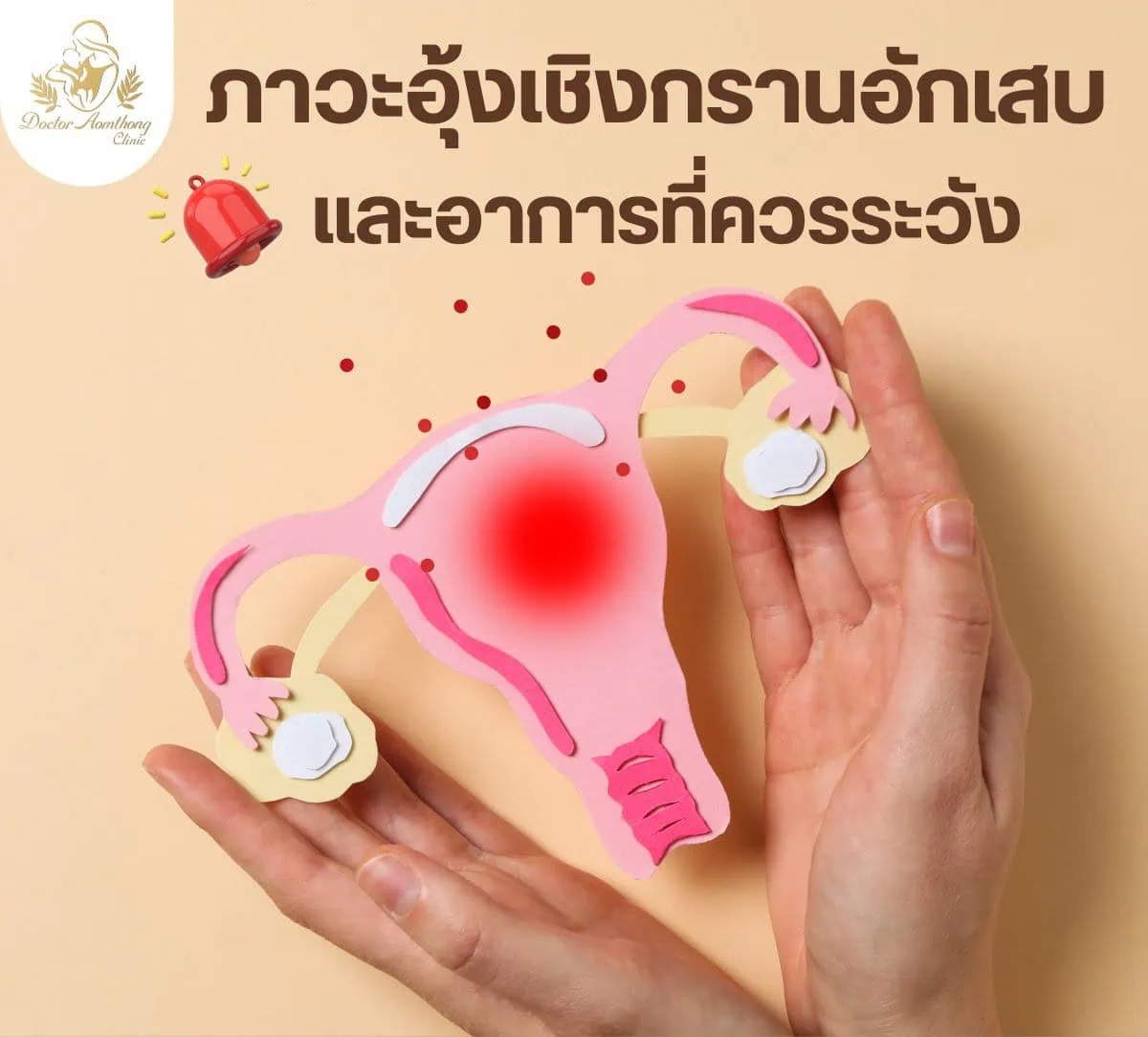PID – A Silent Threat to Women’s Health: Know the Risks and Prevention
Let me first explain what Pelvic Inflammatory Disease is. For easier understanding, let’s think about the various organs in the pelvic area. The pelvis contains several organs such as the vagina, uterus, fallopian tubes, ovaries, urethra, and other organs. Pelvic inflammation may occur from infections in various organs within the pelvis. It most commonly results from unprotected sexual intercourse, where bacteria spread to internal organs, causing inflammation that can lead to serious health problems such as chronic pain, infertility, or infection spreading to nearby organs. It can also be caused by bacteria associated with sexually transmitted infections such as
- Gonorrhea : Caused by the bacteria Neisseria gonorrhoeae, commonly found in those who have multiple instances of unprotected sexual intercourse
- Chlamydia : Caused by Chlamydia trachomatis infection, one of the most common causes
- Common bacteria : Sometimes infection can occur from bacteria present in the vagina or urethra, such as Escherichia coli (E. coli)
- Medical procedures : Such as unsafe abortion or IUD insertion
Symptoms of PID
- Lower abdominal or pelvic pain – May appear suddenly after an infection or develop gradually.
- Unusual vaginal discharge – Typically yellow or green with a strong odor.
- Pain during intercourse – Discomfort during sexual activity.
- Irregular menstrual cycles – Delayed periods or abnormally heavy bleeding.
- Fever and chills – Indicating an ongoing infection.
- Frequent or painful urination – Often mistaken for a urinary tract infection (UTI).
Some women may have mild or no noticeable symptoms, which makes PID difficult to detect until complications arise.
Complications of Untreated PID
- Ectopic Pregnancy: Scarring from PID can cause a fertilized egg to implant in the fallopian tube instead of the uterus, leading to life-threatening complications.
- Fallopian Tube Damage: Inflammation can lead to scarring or blockage, potentially causing infertility.
- Sepsis (Blood Infection): If bacteria spread into the bloodstream, it can lead to a severe and life-threatening condition.
- Chronic Pelvic Pain: Persistent pain due to long-term inflammation and scarring.
Diagnosis and Treatment of Pelvic Inflammatory Disease
Diagnosis can be made through physical examination, blood tests, urine tests, ultrasound, or laparoscopy to check for damage to internal organs
Treatment begins with antibiotics to eliminate the bacterial infection, sometimes requiring multiple antibiotics together, and in severe cases, surgery may be necessary if abscesses or other complications develop
Prevention of Pelvic Inflammatory Disease
Can be achieved by reducing the risk of bacterial infection through
- Condom use : Using condoms during sexual intercourse can reduce the risk of sexually transmitted infections (STIs)
- Sexual health check-ups : Regular STI screening helps detect diseases early and prevent infection
- Avoiding unprotected sex or multiple sexual partners
- Genital hygiene : Maintaining genital cleanliness and avoiding products that may cause irritation
Pelvic Inflammatory Disease can present with various symptoms, and sometimes shows no clear signs, which can lead to serious complications if not properly treated. Preventing sexually transmitted infections and regular sexual health check-ups are the best methods to reduce the risk of PID. If you experience symptoms or suspect infection, please seek immediate medical attention for proper examination and treatment.
For consultation about Pelvic Inflammatory Disease, contact us
Dr.Aomthong Clinic
Tha It – Nonthaburi Branch: Tel. 098-271-3301
The Walk Kaset-Nawamin Branch: Tel. 082-172-7898
Email : DrAomthongClinic@Gmail.com
Facebook : DR. Aomthong Clinic
Line: @936wkzgn
Instagram : dr.aomthong
Tiktok : dr.aomthongclinic
Youtube : DR.Aomthong Clinic


